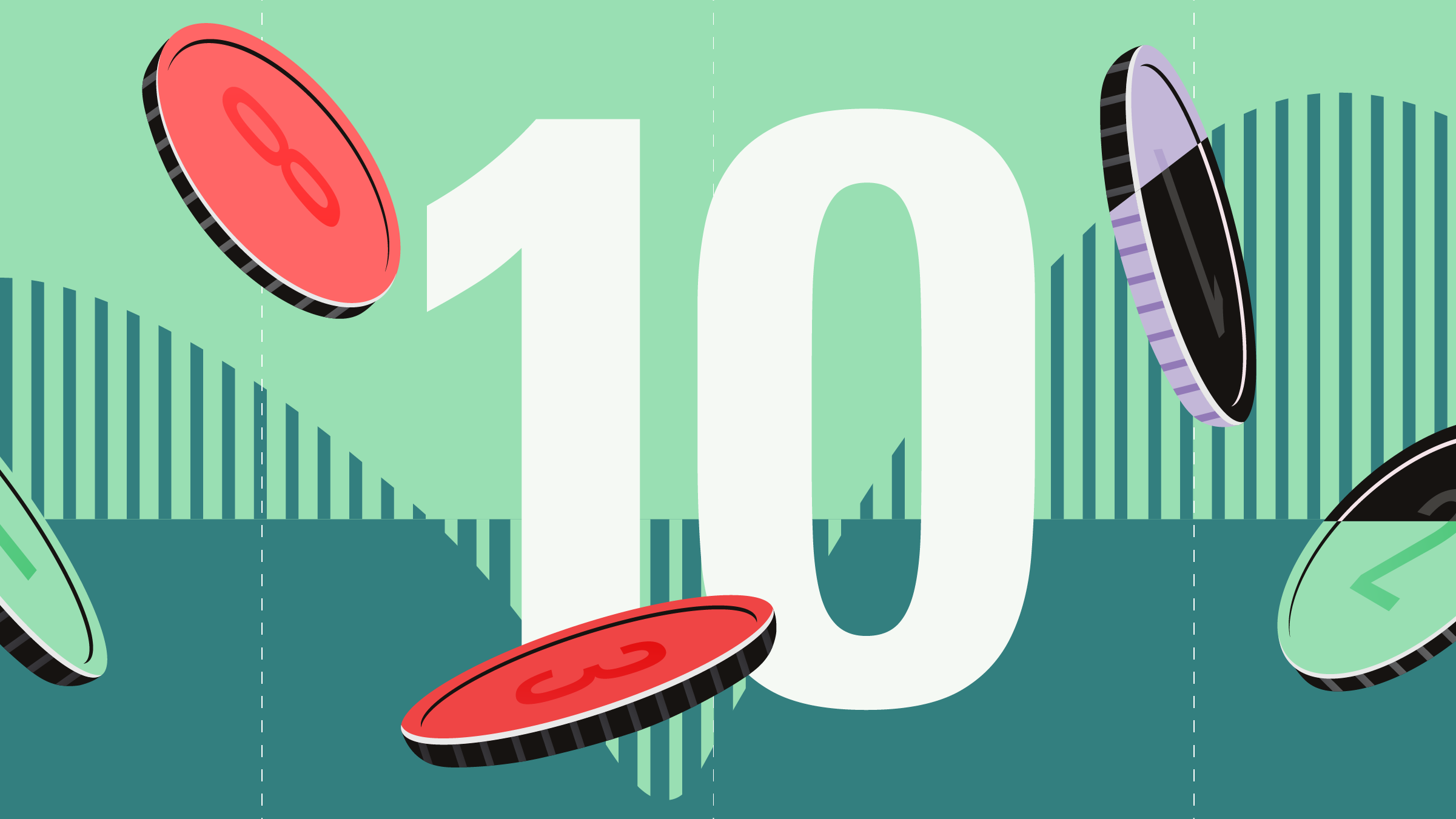UK interest rates have been cut to a new record low of 0.25%. More than seven years after the Bank of England cut rates to 0.5%, economic concerns following the Brexit vote have led the Monetary Policy Committee to vote for a further rate cut.
Bank Governor Mark Carney announced at midday today that the MPC had voted to cut interest rates to 0.25% at 9 member votes to 0.
The Bank of England has also announced a quantitative easing programme worth £70 billion, of which up to £10 billion can be spent buying high quality sterling corporate bonds issued by companies that make a material contribution to economic activity in the UK. The remainder will be gilt purchases. This is the first QE in more than three years, although 20% of outstanding gilt assets in the UK belong to the Bank from prior QE initiatives.
A new funding for lending programme was announced to incentivise banks and building societies to boost their lending to the UK real economy.
The FTSE 100 has bounced off the back of the news up to 6,727, driven in particular by property and financial companies. The biggest risers at the time of writing were Aviva, Standard Chartered, Shell and Kingfisher. The value of sterling has fallen.
In his letter to the new Chancellor Philip Hammond, Carney wrote the MPC had voted for stimulus in order to “strike an appropriate trade-off between supporting growth and returning inflation sustainably to the target over an appropriate horizon”. He continued:
“The UK is a highly flexible, dynamic economy. These characteristics will help it to move to a new equilibrium as its future relationship with the European Union becomes clear and new opportunities with the rest of the world open up. Many of the adjustments needed to move to that new equilibrium are real in nature, and are not the gift of monetary policy makers. Nonetheless, monetary policy can still play a role in smoothing part of this adjustment by appropriately balancing the forces acting to push inflation above the target with those expected to push activity below the economy's new path for potential output.”
The move was much anticipated; Carney committed to action in August last month, once the economic effects of the Brexit vote had become clearer. Prioer to the last MPC announcement in July, the market priced in a 78% chance of an interest rate cut, and had a volatile reaction to the surprise news the MPC voted to hold rates. At the time Carney said that the Brexit effect was as-yet unclear. But in the past week data has started to emerge which shows the anticipation of the UK leaving the European Union has begun to affect productivity and output.
Will the Rate Cut Work?
Several economists have called into question how effective cutting interest rates will be to boost an ailing economy. Alexis Gray, economist for Vanguard Asset Management said that the UK rate of 0.5% was considered the floor by the markets for nearly a decade, but recent central bank action in both Europe and Japan showed that negative rates are a possibility.
“There has been talk about the tools central banks have being ineffective and banks have begun referring to fiscal policy rather than quantitative easing to boost growth. There is an acknowledgment that there needs to be no austerity or tax raises if rate cuts are to work,” she said.
“The Bank of England is unlikely to take rates negative – we have not had the deflationary pressures in the UK that both Europe and Japan have been fighting, nor have we had the unemployment problems seen in Europe. Weak sterling will drive inflation higher – already core inflation, stripping out the oil price, is much closer to the government target of 2%.”
“The Bank will want to keep sterling weak – this attracts investment in the economy from overseas,” she added.
Nick Dixon, investment director at Aegon said that the rate cut should stave off a downturn but the question is how long the low rate environment will last.
“Looser monetary policy, coupled with declining pound and a structurally high trade deficit, will lead to higher inflation,” he said. “This may need to be checked by interest rate increases within 6 to 9 months, which are likely to rise faster and higher than current market expectations.”





























